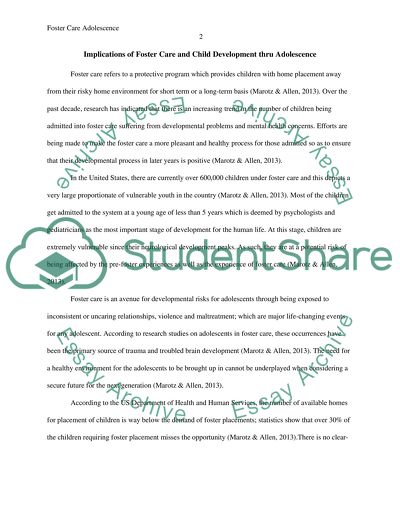Cite this document
(“Implications of Foster Care and Child Development thru Adolescence Research Paper”, n.d.)
Implications of Foster Care and Child Development thru Adolescence Research Paper. Retrieved from https://studentshare.org/psychology/1685794-implications-of-foster-care-and-child-development-thru-adolescence
Implications of Foster Care and Child Development thru Adolescence Research Paper. Retrieved from https://studentshare.org/psychology/1685794-implications-of-foster-care-and-child-development-thru-adolescence
(Implications of Foster Care and Child Development Thru Adolescence Research Paper)
Implications of Foster Care and Child Development Thru Adolescence Research Paper. https://studentshare.org/psychology/1685794-implications-of-foster-care-and-child-development-thru-adolescence.
Implications of Foster Care and Child Development Thru Adolescence Research Paper. https://studentshare.org/psychology/1685794-implications-of-foster-care-and-child-development-thru-adolescence.
“Implications of Foster Care and Child Development Thru Adolescence Research Paper”, n.d. https://studentshare.org/psychology/1685794-implications-of-foster-care-and-child-development-thru-adolescence.


